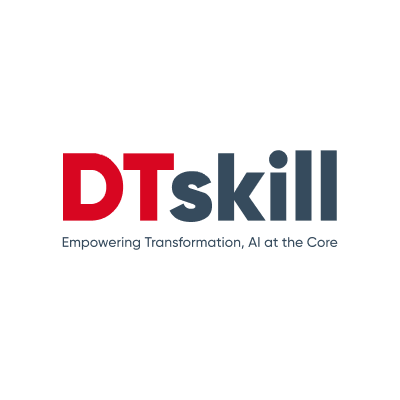In the landscape of modern business, an employee’s departure is a critical juncture that demands attention and precision. Unfortunately, many organizations still rely on outdated and inconsistent termination procedures, creating potential pitfalls for both departing employees and the business.
According to research conducted by OneLogin, a staggering 20 percent of IT decision-makers acknowledge that failure to remove ex-employees from corporate networks can lead to data breaches. To mitigate risks and ensure adherence to company policies, it’s time for organizations to bid farewell to risky manual offboarding practices and embrace automated digital workflows.
Here are four compelling reasons why your organization should make the shift to automated employee offboarding:
1. Ensure Security and Compliance
In an ideal world, employee offboarding would be a systematic process to manage departures and minimize risks. However, companies with inconsistent offboarding practices often face data security issues. Automated workflow solutions can ensure the automatic closure of user accounts, reducing the risk of data breaches.
2. Remove Friction for Departing Employees
Proper employee offboarding is not only about minimizing legal risks for the business but also ensuring departing employees have a positive and seamless experience. Workflow automation software can facilitate exit interviews, knowledge transfer, and digital submission of feedback and forms, creating a more employee-centric offboarding approach.
3. Democratize Termination Procedures
Digitizing the offboarding process becomes vital for organizations without a traditional HR presence. Remote-first companies or those with multiple offices often struggle with inconsistent offboarding practices. Automation guarantees that anyone in the organization can oversee offboarding confidently and consistently, regardless of their familiarity with termination policies.
4. Enrich the Productivity of HR Professionals
Manual offboarding increases the potential for errors and burdens HR staff with paperwork. Automating tasks such as de-provisioning accounts, drafting agreements, and finalizing payments streamline processes, allowing HR teams to gain visibility across the entire employee lifecycle. This visibility empowers HR professionals to focus on strategic initiatives that enhance employee experience.
Embrace automation for a seamless transition that prioritizes security, compliance, and employee satisfaction.
